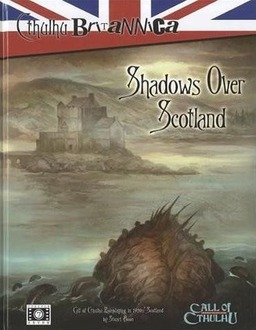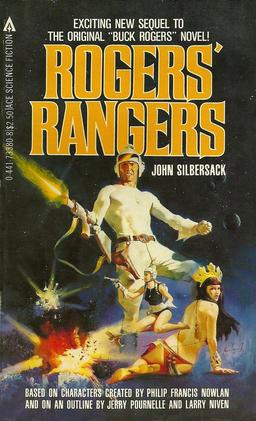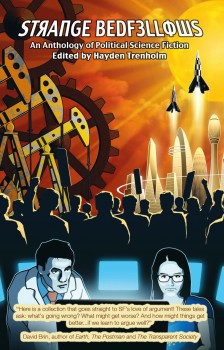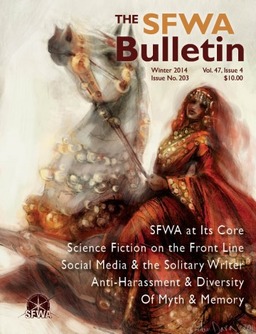Take Dungeon Delving to the High Seas in Descent: The Sea of Blood
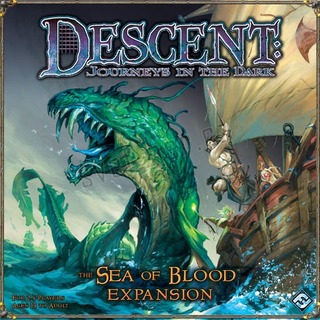 Okay, that title doesn’t make any sense. Dungeon delving… on the ocean. You know what that sounds like? Drowning, that’s what it sounds like.
Okay, that title doesn’t make any sense. Dungeon delving… on the ocean. You know what that sounds like? Drowning, that’s what it sounds like.
But let’s move on. I’m still processing the four boxes of loot I brought back from the Spring Games Plus Auction and, like a determined CSI agent at a crime scene, putting clues together to determine how I ended up with a copy of Descent: The Sea of Blood.
Let’s say a few words about the basic game, Fantasy Flight’s Descent: Journeys in The Dark, because it came up for auction and … man. Everybody wanted it. Seriously, it was like feeding time at the crazy cat lady house. There were two copies of the long out-of-print first edition and they were way out of my price range. The first, a jumbled box containing the game and all the expansions, sold for $92, and the second, an unpunched set of the first edition only, sold for $130. (If you’re in the market, Amazon still has new copies from a handful of vendors, starting at $289.)
So what’s Descent all about, then? To be honest, I’m a little vague on the specifics, ’cause my copies are still in the shrinkwrap, but I do know it’s one of the most popular of the dungeon-delving board games, which simulate the loot-and-scoot dynamic of Dungeons and Dragons in a more contained setting. (Other examples include Super Dungeon Explore, Castle Ravenloft, Legend of Drizzt, Claustrophobia, Warhammer Quest, DungeonQuest, Tomb, Cutthroat Caverns, and many others. And yes, my copies of those are shrinkwrapped too, so don’t bother asking.)
Descent was originally released in 2007 and designed by Kevin Wilson. It pits an overlord against up to four hero players, who cooperate to complete a range of exciting objectives, like clobbering a sea-monster, or beating down a dragon (going strictly by the box cover art, which is generally a good indicator). For extra collectability — like it needed it — the game shares a setting with Fantasy Flight’s other popular titles, Runewars, Rune Age, and Runebound.



